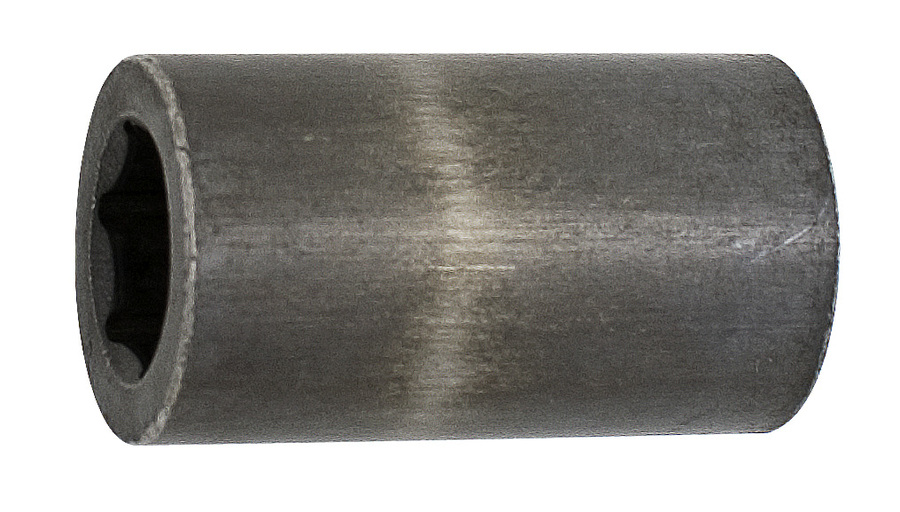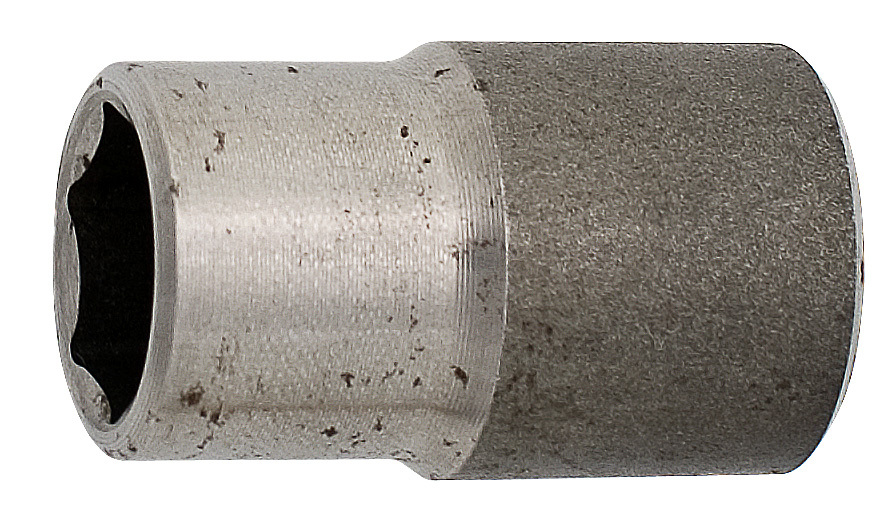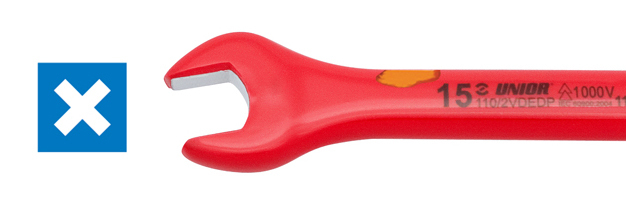Utensili isolati
Una procedura speciale per la fabbricazione di utensili isolati.
Forgiatura a freddo della bussola
Questo utilizza un processo tecnologico sequenziale che include la ricottura, la fosfatazione e contrazione.

Lavorazione CNC della bussola
Una speciale macchina CNC viene utilizzata per lavorare la bussola alla misura desiderata, in conformità con lo standard ISO.

Produzione delle chiavi
Una procedura speciale permette di imprimere una marcatura adatta sulla chiave, che indica le dimensioni e il materiale della chiave.
Trattamento termico
Le operazioni di ricottura e tempra vengono utilizzate per conferire alla chiave una microstruttura adatta e ottimali caratteristiche di resistenza, offrendo dunque valori di coppia premium e una lunga vita utile.
SABBIATURA
Durante la sabbiatura il materiale abrasivo viene sparato sulla superficie del prodotto, rendendolo ruvido in modo uniforme, eliminando al contempo gli ossidi generati nel trattamento termico. Le superfici sabbiate sono precise e uniformemente ruvide, offrendo dunque un eccellente aspetto del prodotto e un contrasto superficiale sui prodotti che ricevono ulteriori trattamenti superficiali.
Cromatura
Una bussola è placcata con un sottile ma resistente rivestimento di ossido di cromo che protegge contro la corrosione e da altre influenze esterne. Al tempo stesso dona alla bussola l'aspetto professionale atteso.
Processo di rivestimento in plastica
Rivestimento in plastica bicomponente
The process of coating of tools in multiple layers of plastic appropriate for work under high voltage conditions is a series of operations with precisely defined parameters of implementation that must not deviate from the requirements. This is the only way to obtain a quality and, most importantly, safe product. Before plastic coating, the piece - the metal part of the tool - has to be prepared for the process. It is degreased in a container of acetone and then dried. In order for the material and the metal part of the tool to adhere together effectively in the required places, the metal part of the tool is submerged in a special liquid that activates its adhesive property. This is followed by mounting the piece on special holders. The process of heating starts in a special chamber furnace and it is then immediately submerged in an orange material. It has to be removed from this material, which is heated to the right temperature, with the optimum speed so that the material drips off. Before the second plastic coating, the pieces are gelatinized in a furnace at the prescribed temperature. This is followed by a second plastic coating with a red material, the process of gelatinizing is repeated and the final plastic coating, once again of the red material, gives the piece the final thickness of a two- or three-layered coating. For the appropriate gloss and a professional appearance, the pieces are stabilized in a furnace at the prescribed temperature.

ARANCIONE COME UN SEGNALE DI AVVERTENZA
Il doppio strato protettivo di plastica degli utensili VDE assicura una doppia sicurezza sul lavoro in quanto consente di individuare le attrezzature usurate nei termini previsti. Quando gli utensili sono usurati, emerge il colore arancione (il secondo strato protettivo), segnalando così che necessità di sostituzione dell'utensile.

Utensile sicuro




